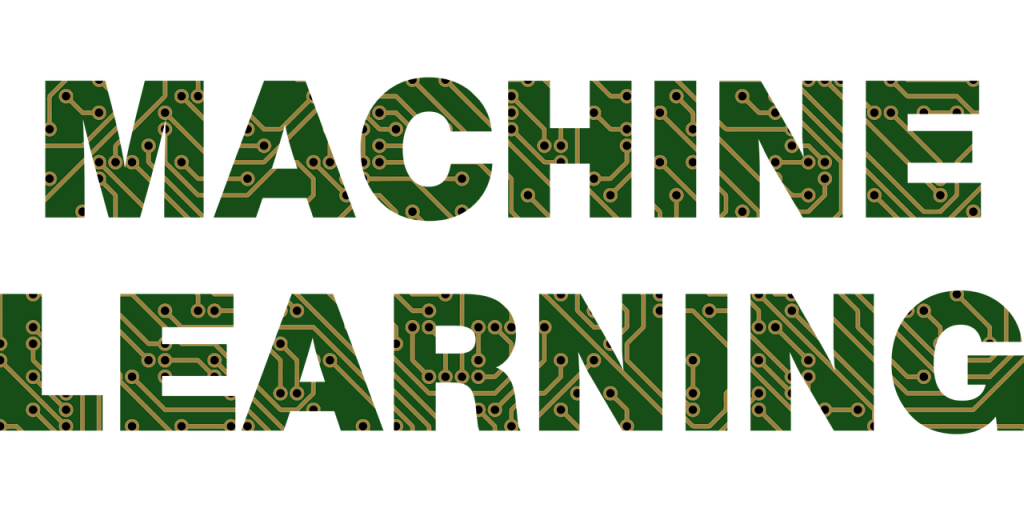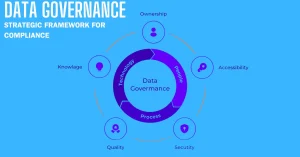As artificial intelligence (AI) is taking the world by storm, 2.5 quintillion bytes of data are produced daily. Such a large amount of data must undergo preparation for computers to find meaningful patterns for machine learning.
Data annotation preprocesses data to make it usable for machine learning and AI enablement. Annotated data sets can also be used to train speech recognition platforms, autonomous vehicles, and translation systems.
Data annotation tools for machine learning
There are many data annotation services available that enable you to preprocess data. We now walk you through the five best data annotation tools available in 2022:
Diffgram
Founded in 2018 in Santa Clara, Diffgram is a complete system. It has extensive support for videos and images. In Diffgram, you can also collaborate with teams, which expands its use cases vastly.
Diffgram’s vision to support all media types and application needs makes it one of the most versatile tools. It supports all the spatial types, like Cuboids, Box, Segmentation, Quadratic Curves, Keypoints, Lines, Polygons, and Classification Tags. Diffgram’s attribute support includes radio buttons, data pickers, sliders, multiple select, directional vectors, and conditional logic.
Amid data annotation services, Diffgram has some critical accolades to its name:
- Diffgram is the best for video and image annotation.
- It’s extremely easy to integrate customizable Webhooks with Diffgram.
- Semantic segmentation is seamless in Diffgram.
- Diffgram makes perpetual data improvement a cakewalk.
Overall, Diffgram is considered the best of all data annotation services, and rightly so. It is:
- Open Source
- The most flexible software. It can run anywhere.
- The most scalable.
- Label Studio (Heatex)
Label Studio is one of the best annotation services available right now. It can be used for multi-purpose annotations, such as computer vision, optical character recognition, and time series annotations, and it can also be used for video annotations.
Under computer vision, they can do the following:
- Image classification
- Object detection
- Semantic segmentation
As far as audio and speech applications are concerned, Label Studio is capable of:
- Classification
- Speaker dimerization (diarization)
- Emotion recognition
- Audio transcription
Under NLP, Documents, Chatbots, and Transcripts, Label Studio can do the following:
- Classification
- Named entity
- Question answering
- Sentiment analysis
Label Studio also offers some multi-domain applications like:
- Dialogue processing
- Optical character recognition (OCR)
- Time series with reference
Label Studio’s vision becomes quite clear from these features – the company wants to support all data types and different types of annotations. However, many things about Label Studio remain vague:
- They do not have a clear vision regarding data management or how that interacts with their paid vs open-source products.
- Label Studio still needs to clarify what integrations it supports or how to run it on Kubernetes and Docker.
- You need to be an expert to understand their approach to speeding up.
Label Studio is based around a configurable interface that can become a lot better in further updates.
CVAT (Intel)
CVAT is maintained mainly by Intel, but you can customize and contribute to it—it is open-source software. This data annotation service is available online. It can run on CPUs and GPUs on Windows, Linux, or MAC, but for now, only on Chrome browsers.
Although it has many features, getting started is still pretty intuitive. However, it is to be noted that Intel has designed CVAT only for full-time annotators. People new to annotations will probably crib about the unintuitive, difficult interface CVAT. Here are some of the reasons why that happens:
- Outdated interface: One will likely observe that CVAT is exclusively centered around computer vision. It is made to accomplish specific tasks, not for new users to explore various use cases.
- Some backend features are missing: CVAT misses many data management features, and you may have to deploy a different tool for data management. You might also have to preprocess the data after the data entry services are done.
- SuperAnnotate
SuperAnnotate claims to be the world’s fastest platform for Computer Vision with AI-powered annotation tools, flexible editors, and robust workflow controls. This data annotation service offers a powerful combination of annotation tooling and management infrastructure to boost your pipelines and build labeled datasets in up to 80% less time.
SuperAnnotate’s primary focus is image segmentation; there is no video support. While some of its annotation studio is open source, SuperAnnotate keeps most of its backend code closed.
SuperAnnotate is your go-to tool if you are hyper-focused on image segmentation. One must note that they must integrate other tools to achieve the required data management.
Datasaur
Datasaur is one of the best data annotation services for natural language processing. It features a customizable interface and built-in intelligence that will automate away the bulk of the work. Datasaur’s API allows you to integrate directly into your tech stack, and its end-to-end encryption ensures that your data stays secure. In the United States, Datasaur is a closed-source project that exclusively deals in text annotations.
Datasaur has deep integration with Diffgram. However, as it is new in the market, some of its features are still under development.
Conclusion
Data annotation is one of the most critical steps in Machine Learning. We hope this helped you understand the pros, cons, and specializations of some of the best data annotation services available. Note that one can only annotate the data after the cumbersome work of data entry services.





